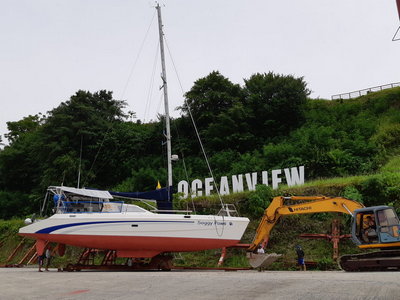
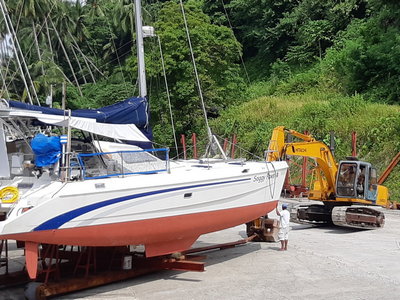
We decided to do something different for our trip home to Florida this year--fly west instead of east. We stopped for an overnight in Singapore, then 4 days in London and 2 days in Edinburgh, Scotland, before flying across the pond to the USA.
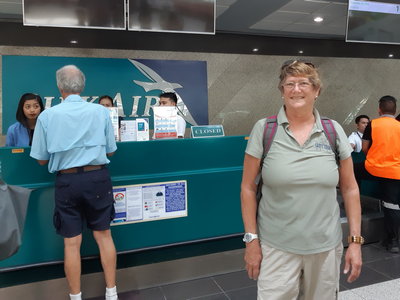
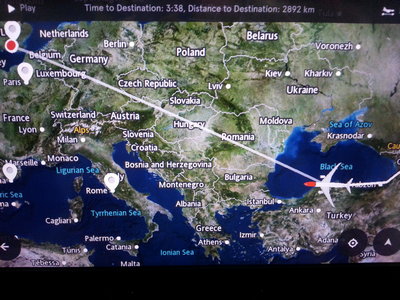
We spent our first day in London in the Greenwich Area.
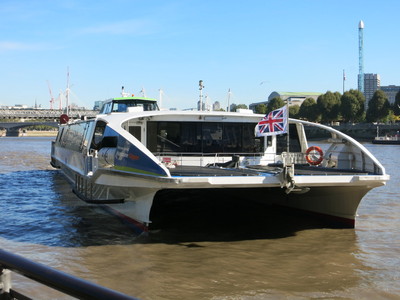
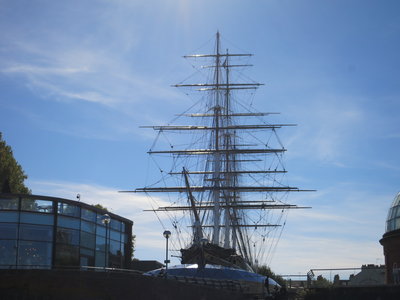
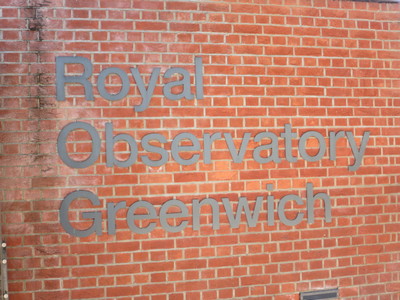
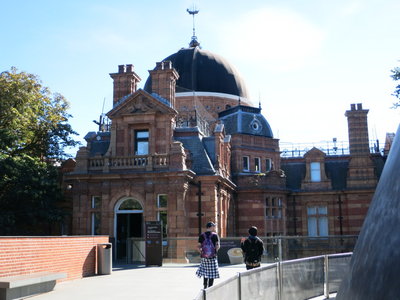

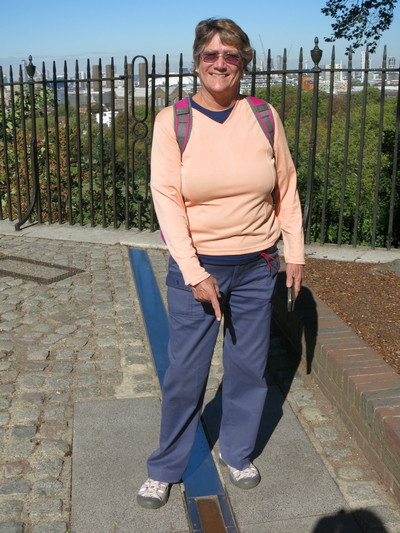
(We were amazed to find that 0 degrees Longitude on the cell phone put us about 100 meters to the east in the park.)
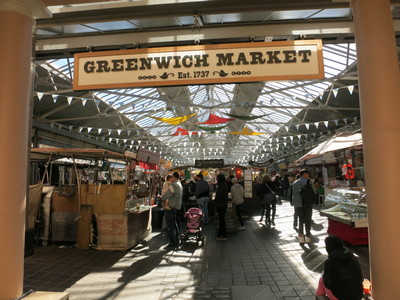
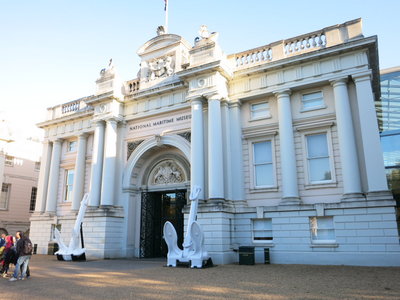
Day Two was spent at the Imperial War Museum and the Churchill War Rooms.
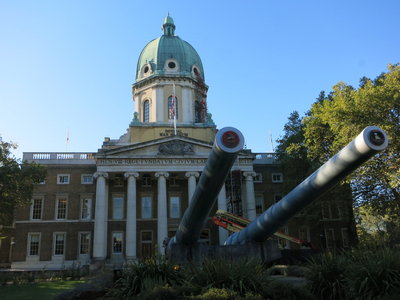
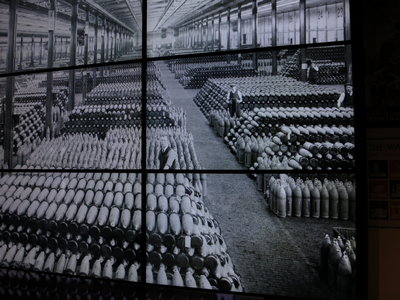
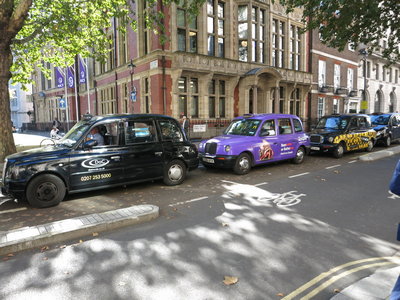
Winston Churchill, the Prime Minister of England during World War II, spent most of his time during World War II in the Churchill War Rooms, an underground bunker built specifically to house critical government functions in a bomb-proof location.
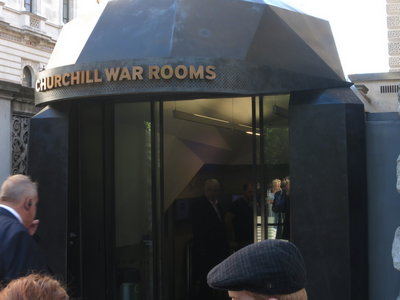
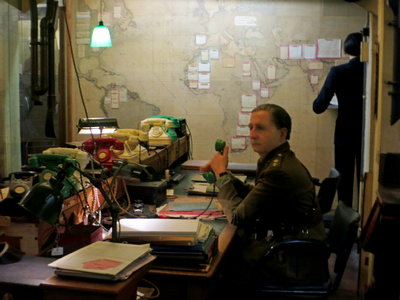
After the War Rooms tour, we had an hour and a half to spend before we boarded our "Sunset Cruise on the Thames". So we hoofed it up through the Buckingham Palace Gardens to get a look at Buckingham Palace, and then down to Westminster Abbey and Big Ben. With our compressed schedule, there was no time to do more than take a few pictures of the outside of the buildings.
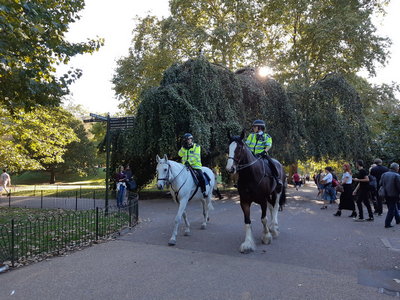
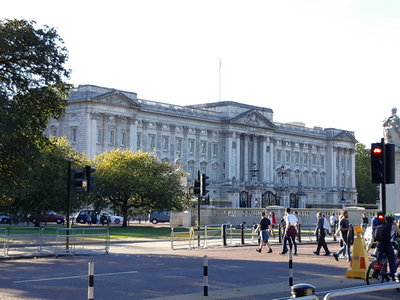
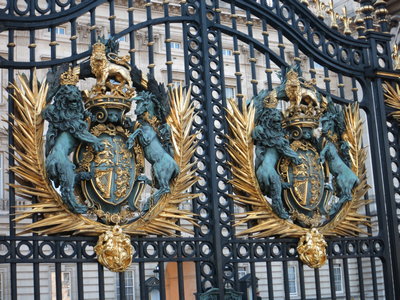
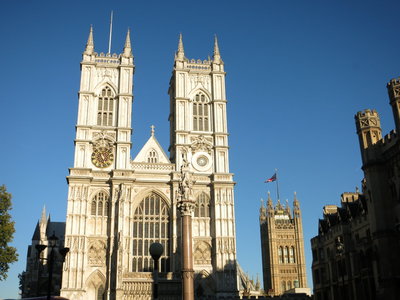
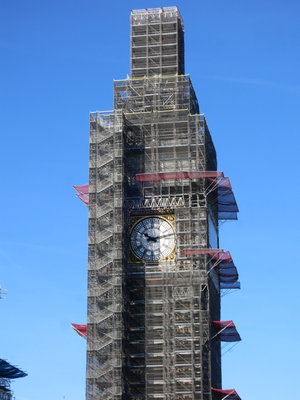
We had a lovely time on our sunset cruise. A couple of glasses of wine, some hors d'ouvres, a nice sunset, and a guy with an acoustic guitar singing popular songs...
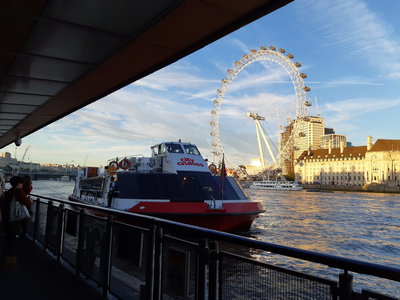
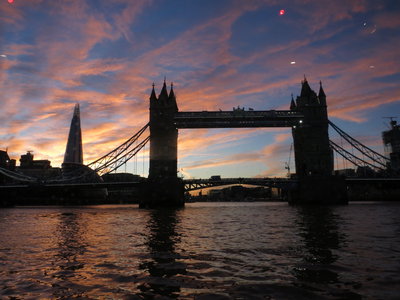
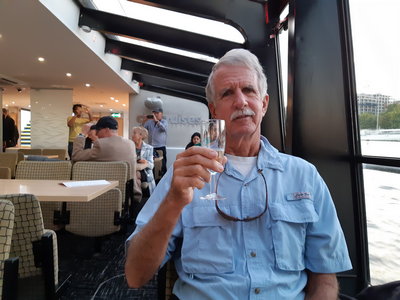
On Day 3, we checked out of our AirBNB and drove our rental car south to see Stonehenge, and visit our friends from s/v Dreamaway in Southampton. Driving on the the left, and negotiating the roundabouts was challenging. Thankfully, Google Maps made it easy to anticipate each roundabout.
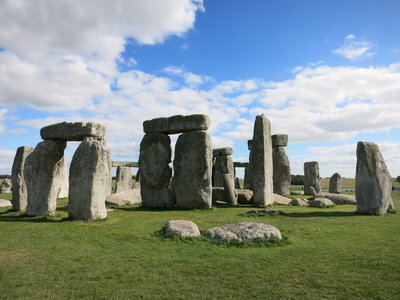
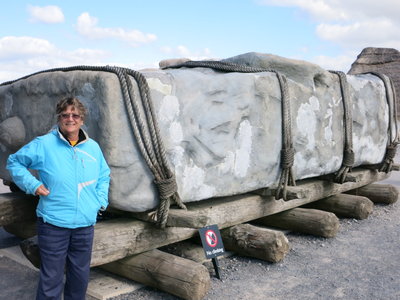
We had a lovely evening with Graham and Avril of s/v Dreamaway. We first met them in the Tuamotus in 2011. We have cruised off an on together in Samoa, Nuie and Fiji in 2013. We've also met them twice in exotic locations--NZ in 2015 and the UK this year.
On Day 4, Graham and Avril were off early on a prior obligation, and we headed off in the car on our own to the Portsmouth Historic Dockyard. We only had a few hours, as we had to get back to Gatwick and dump the car, before taking an evening flight to Edinburgh, Scotland.
We could easily have spent 2 days seeing everything there is to see at the Dockyard, but had to choose only one exhibit to see on this visit. On Graham's advice, we chose to visit the Mary Rose. The Mary Rose was Henry the 8th's flagship, which sank in Portsmouth in 1545. From Wikipedia:
The Mary Rose is a carrack-type warship of the English Tudor navy of King Henry VIII. After serving for 33 years in several wars against France, Scotland, and Brittany and after being substantially rebuilt in 1536, she saw her last action on 19 July 1545. While leading the attack on the galleys of a French invasion fleet, she sank in the Solent, the straits north of the Isle of Wight.
The wreck of the Mary Rose was rediscovered in 1971. It was raised on 11 October 1982 by the Mary Rose Trust, in one of the most complex and expensive projects in the history of maritime archaeology. The surviving section of the ship and thousands of recovered artifacts are of immeasurable value as a Tudor-era time capsule. The excavation and raising of the Mary Rose was a milestone in the field of maritime archaeology, comparable in complexity and cost only to the raising of the Swedish 17th-century warship Vasa in 1961.
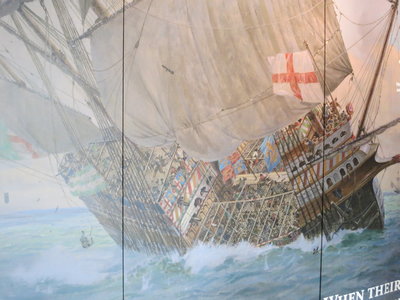
The outside of the ship isn't really visible (there are other ships at the Dockside for that)--it is the inside that is the museum. Only half of the ship was salveagable--the part that was in the mud. The other half was eaten away by time and ship worms. So the museum presentation is an elaborate cutaway of the ship, with displays of various features at either end. We really enjoyed the visit and could easily have spent several more hours there.
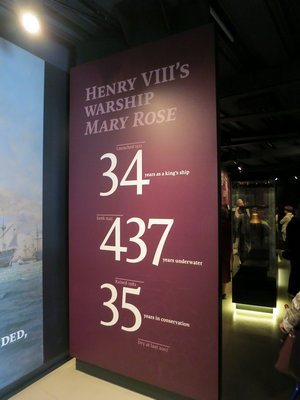
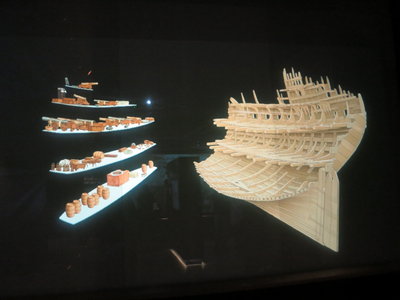
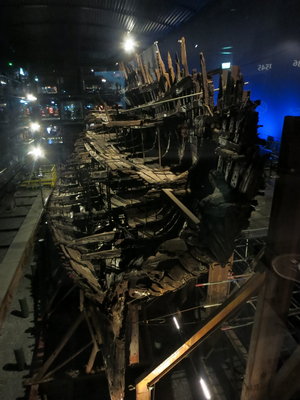
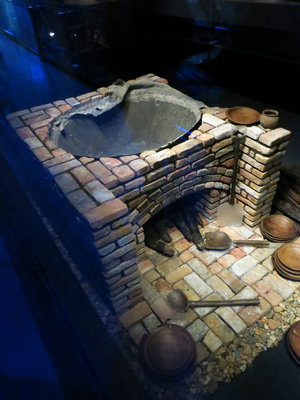
Coming Next - Part 2 of 3 - 2 Days in Scotland.
Love your pictures.
ReplyDeleteLove the blog and the places you've been. I went to see the Mary Rose when I was 20
ReplyDelete